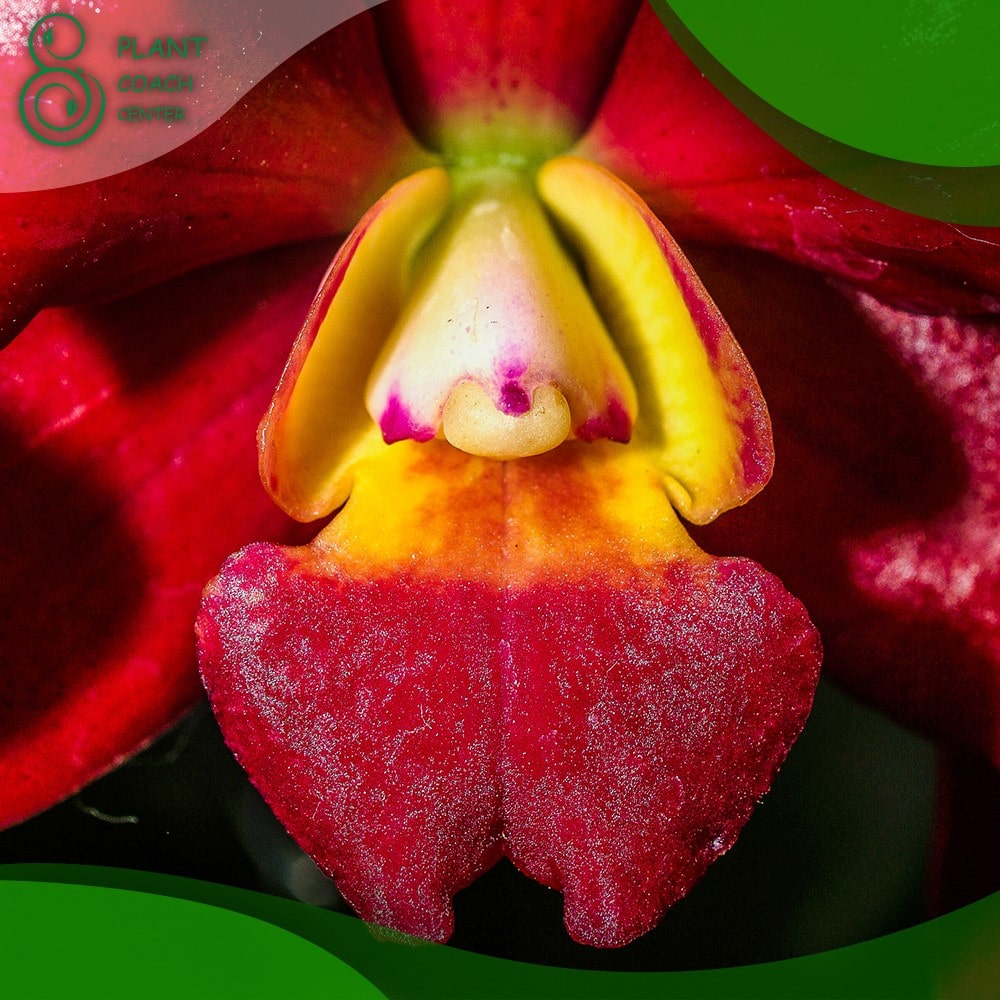When to Cut Back Hot Lips
Gardening enthusiasts and plant lovers often find joy in nurturing various plants, each with unique beauty and care requirements. One such plant that has captured the attention of many is the Hot Lips plant (Salvia microphylla ‘Hot Lips’). Known for its vibrant red and white flowers, the Hot Lips plant is a stunning addition to any garden or indoor space. However, like all plants, it requires regular care and maintenance to thrive.
Understanding the Growth Cycle of Hot Lips Plant
To effectively care for the Hot Lips plant, it is essential to have a basic understanding of its growth cycle. This plant has distinct stages, from sprouting new growth to blooming with beautiful flowers. By recognizing these stages, you can determine when to intervene and provide the necessary care, including pruning.
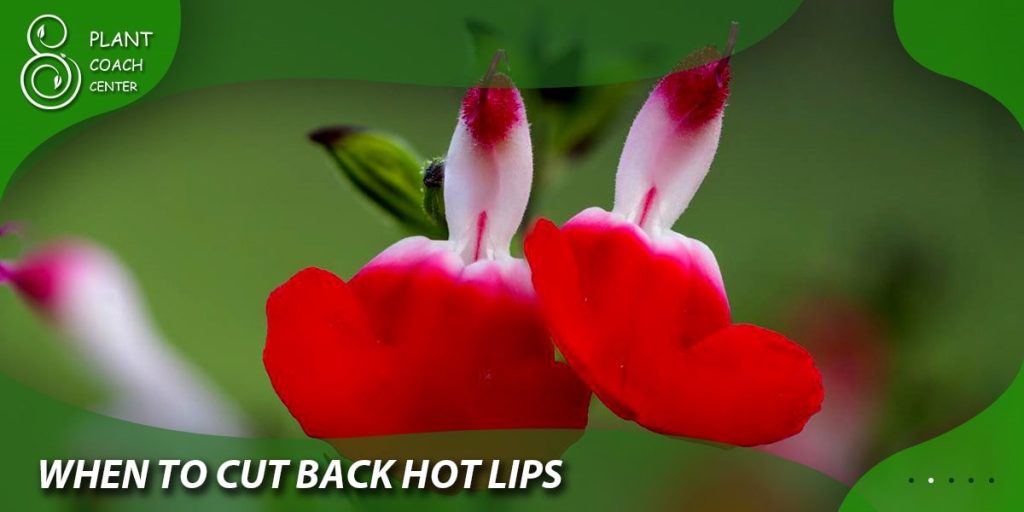
Factors Influencing Growth and Blooming
Several factors can influence the growth and blooming of the Hot Lips plant. Adequate sunlight, appropriate watering, and the right soil conditions contribute to its health. Additionally, regular fertilization and proper spacing between plants are crucial. However, even with the best care, some maintenance tasks, such as pruning, are essential to ensure the plant’s long-term vitality.
Signs and Symptoms that Indicate the Need for Pruning
Pruning is an important aspect of plant care that helps maintain the Hot Lips plant’s shape, control its size, and encourage healthy growth. By understanding the signs and symptoms that indicate the need for pruning, you can effectively address any issues and promote the plant’s well-being. Visual indicators, such as excessive overgrowth or overcrowding, indicate that pruning is necessary. Identifying diseased or damaged branches is crucial for the plant’s overall health.
Best Time to Prune Hot Lips Plant
Pruning the Hot Lips plant at the right time is essential for its overall health and vitality. The timing of pruning can vary depending on the plant’s location and your region’s climate. Understanding the best time to prune will ensure that you maximize the benefits of this maintenance practice.
Seasonal Considerations for Pruning
The Hot Lips plant responds well to pruning during specific seasons. Winter or spring is an ideal time to prune this plant. Pruning during this period allows the plant to recover and prepare for new growth in the upcoming season. However, it’s important to note that pruning in early spring may vary depending on your specific climate. You may consider pruning in late fall if you live in an area with mild winters.
Optimal Timing for Different Regions
The timing of pruning can also vary based on the region in which you live. Different climates and growing zones can affect the plant’s growth patterns and flowering times. For example, if you reside in a region with a Mediterranean climate, where winters are mild, and summers are hot and dry, early spring pruning is typically recommended. On the other hand, if you live in a colder climate, where the plant may go dormant during winter, it’s advisable to prune in late winter before new growth begins.
Impact of Weather Conditions on Pruning Decisions
Weather conditions are crucial in determining when to prune the Hot Lips plant. It’s essential to avoid pruning during periods of extreme cold or frost, as this can cause damage to the plant. Similarly, pruning during hot and dry periods may stress the plant, impeding its ability to recover. Aim to prune when the weather is mild and stable, providing optimal conditions for the Hot Lips plant to heal and regenerate.
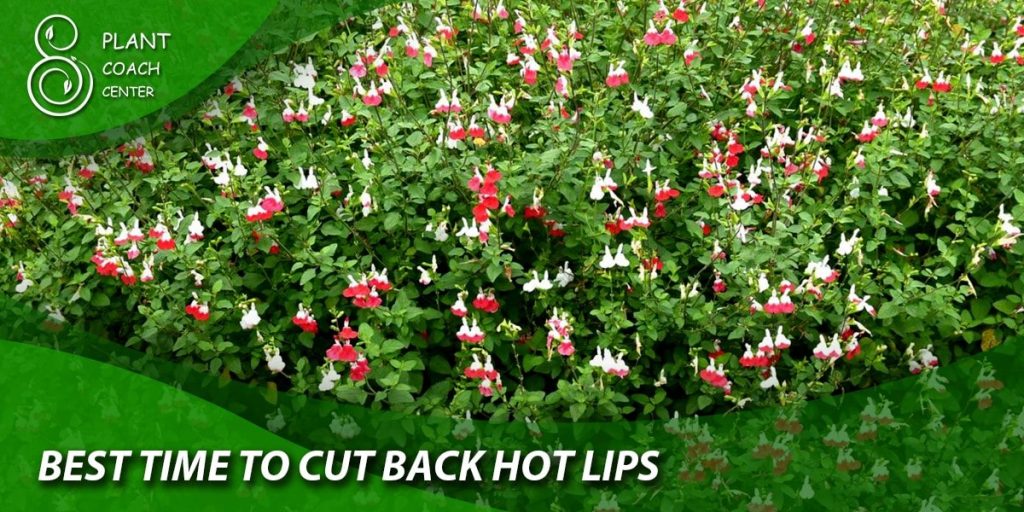
Step-by-Step Guide to Pruning Hot Lips Plant
Proper pruning techniques are crucial for the Hot Lips plant to thrive. Follow this step-by-step guide to ensure you prune your plant effectively:
Tools and Equipment Required for Pruning
Before you begin pruning, gather the necessary tools and equipment. These may include a pair of sharp bypass pruners, clean pruning shears, gardening gloves, and a clean, damp cloth or alcohol wipes for disinfecting the tools. It’s important to use sharp and clean tools to minimize the risk of disease transmission and to make clean cuts that promote plant healing.
Preparing the Plant for Pruning
Inspect the Hot Lips plant carefully before pruning. Look for signs of disease, such as discoloration, lesions, or wilting leaves. If you notice any diseased or damaged branches, mark them for removal. Additionally, remove any dead or yellowing leaves to improve the plant’s overall appearance.
Techniques for Cutting Back the Plant
- Pruning for Shape and Size Control: To maintain your Hot Lips plant’s desired shape and size, selectively prune the longest or most unruly branches. Make cuts just above a leaf node or a branching point. This encourages the growth of new branches and promotes a compact and bushy appearance.
- Removing Dead or Diseased Branches: Using your sharp bypass pruners, carefully remove any dead, diseased, or damaged branches. Make clean cuts at a slight angle, ensuring the cut is smooth and not ragged. Dispose of the pruned branches properly to prevent the spread of diseases.
- Encouraging New Growth and Blooming: To stimulate new growth and encourage abundant blooming, you can lightly prune the Hot Lips plant even if it appears healthy. Trim back one-third of the plant’s overall growth, focusing on branches becoming leggy or crowded. This will promote vigorous new growth and enhance the plant’s blooming potential.
Remember to step back occasionally and assess the plant’s appearance as you prune. Aim for a balanced and aesthetically pleasing shape while keeping in mind the natural growth habits of the Hot Lips plant.
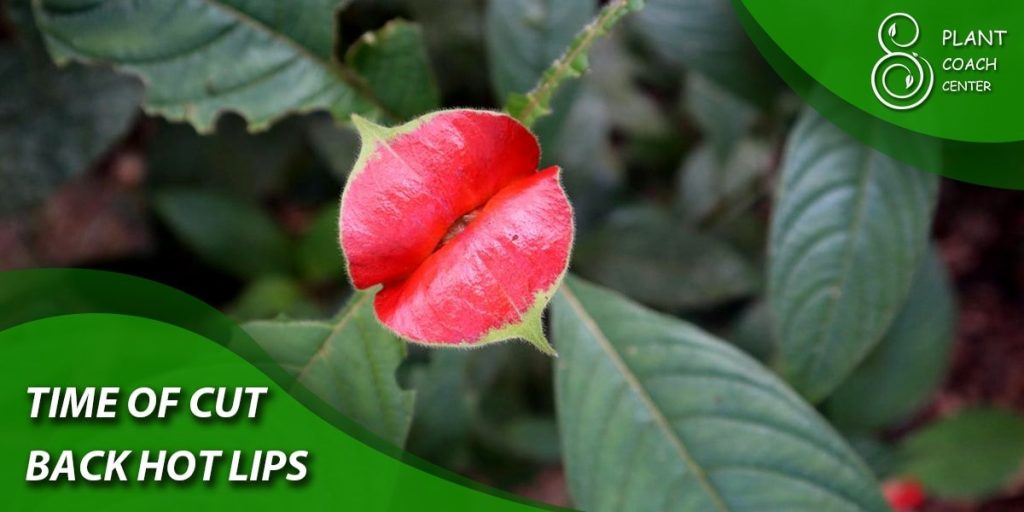
Potential Risks and Mistakes to Avoid
While pruning benefits the Hot Lips plant, there are some potential risks and mistakes to be aware of. By avoiding these pitfalls, you can ensure the health and vitality of your plant:
Common Pruning Mistakes and Their Consequences
- Improper Pruning Cuts: One common mistake is improper pruning cuts. Avoid leaving stubs or cutting too close to the main stem, as this can inhibit the plant’s healing ability and increase the disease risk. Make clean cuts just above a leaf node or a branching point to promote proper healing and new growth.
- Overpruning: Pruning too aggressively or removing excessive growth can weaken the plant and impact its ability to produce flowers. Avoid over-pruning by following the recommended guidelines for the Hot Lips plant and maintaining a balance between shaping and maintaining its natural growth.
Potential Risks Associated with Improper Pruning
- Disease Transmission: Using unclean or dull pruning tools can lead to disease transmission. Always sanitize your tools before and after pruning by wiping them with a clean cloth or using alcohol wipes. This reduces the risk of spreading pathogens from one plant to another.
- Stress to the Plant: Pruning can cause stress to the Hot Lips plant, especially if done at the wrong time or in unfavorable weather conditions. Avoid pruning during extreme cold or hot periods and when the plant is already stressed due to drought or other environmental factors.
Precautions to Take During the Pruning Process
- Wear Protective Gloves: When handling pruning tools or touching the plant, wear protective gloves to prevent any potential skin irritation or allergic reactions.
- Disinfect Tools: Regularly disinfect your pruning tools to minimize the risk of disease transmission. Wipe the blades with a clean, damp cloth or use alcohol wipes between cuts or when moving to a different plant.
- Monitor Plant Health: After pruning, closely monitor the Hot Lips plant for signs of stress or disease. Proper aftercare, including appropriate watering and fertilization, will support its recovery and promote healthy growth.
By being mindful of these risks and taking appropriate precautions, you can ensure a successful pruning experience for your Hot Lips plant.
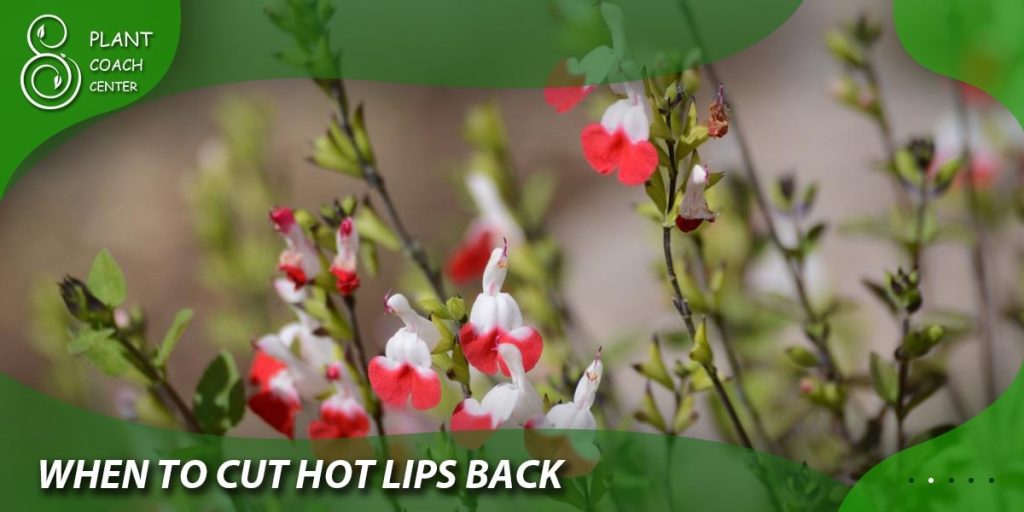
Aftercare and Maintenance Following Pruning
After pruning your Hot Lips plant, it’s important to provide proper aftercare and maintenance to support its recovery and ongoing health. Follow these steps to ensure the well-being of your plant:
Proper Disposal of Pruned Branches
After pruning, it’s essential to dispose of the pruned branches properly. Remove them from the plant’s immediate vicinity to prevent any potential disease transmission or pest infestations. You can either compost the pruned branches if they are disease-free or dispose of them in a green waste bin.
Ensuring Plant Health After Pruning
- Watering: After pruning, monitor the soil moisture levels and adjust your watering routine accordingly. The Hot Lips plant prefers well-draining soil, so avoid overwatering, which can lead to root rot. Water the plant deeply but infrequently, allowing the soil to dry out slightly between waterings.
- Fertilization: Pruning stimulates new growth, which requires proper nutrients. Consider applying a balanced, slow-release fertilizer according to the package instructions to provide the necessary nourishment. However, avoid fertilizing immediately after pruning, as the plant needs time to recover first.
- Sunlight: Ensure the Hot Lips plant receives adequate sunlight following pruning. Place it in a location where it can receive at least 6 to 8 hours of direct or indirect sunlight per day, depending on your climate. Sufficient sunlight promotes healthy growth and abundant flowering.
Regular Monitoring and Maintenance
Continue to monitor the Hot Lips plant closely after pruning. Watch for signs of stress, such as wilting leaves or stunted growth. Promptly address issues like pest infestations or disease symptoms by implementing appropriate control measures. Regularly inspect the plant for new growth and adjust your care routine accordingly.
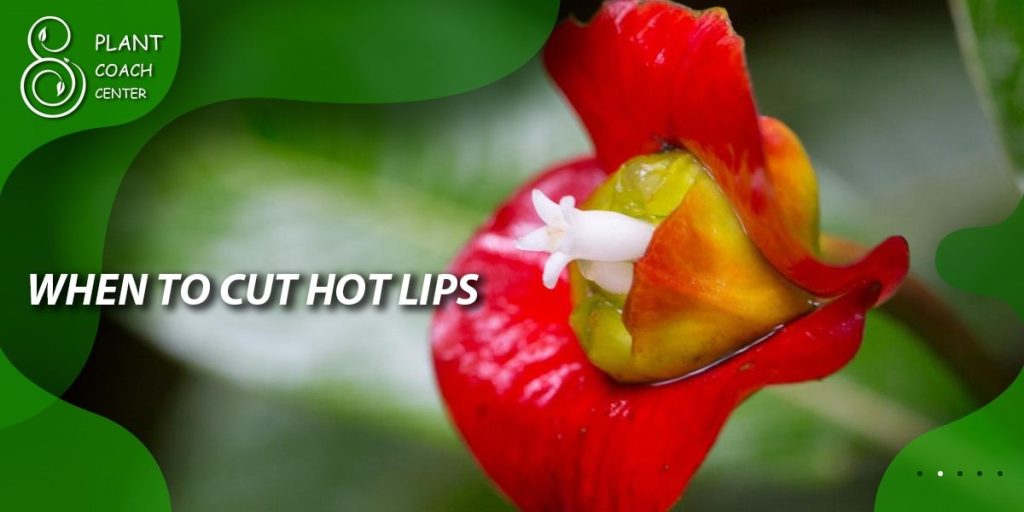
Troubleshooting Common Plant Problems
While the Hot Lips plant is generally hardy and resilient, it can still face certain problems. Understanding and addressing these issues will help ensure your plant’s optimal health and well-being.
Identifying and Addressing Pest Infestations
- Aphids: These small, soft-bodied insects can cluster on new growth, causing distorted leaves and stunted growth. Use insecticidal soap or a strong stream of water to control aphid populations.
- Spider Mites: These tiny pests often appear webbing on the leaves undersides, causing yellowing and speckled foliage. Regularly misting the plant and using insecticidal soap can help manage spider mite infestations.
- Whiteflies: These small, white insects with a powdery appearance can suck sap from the plant, leading to weak growth and yellowing leaves. Use yellow sticky traps or organic insecticides to control whitefly populations.
Disease Management and Prevention Strategies
- Powdery Mildew: This fungal disease appears as a white, powdery coating on leaves, leading to leaf curling and distorted growth. Improve air circulation and avoid overhead watering to prevent powdery mildew. If necessary, use fungicidal sprays labeled for powdery mildew control.
- Root Rot: Overwatering or poorly draining soil can cause root rot, leading to wilting, yellowing leaves, and eventual plant decline. Ensure proper soil drainage and avoid overwatering to prevent root rot. Consider repotting the plant in fresh, well-draining soil if root rot occurs.
- Leaf Spot Diseases: Various fungal and bacterial pathogens can cause leaf spot diseases, resulting in dark spots or leaf lesions. Improve air circulation, avoid overhead watering, and remove infected leaves to manage leaf spot diseases. Fungicidal sprays may be necessary in severe cases.
Regularly inspect your Hot Lips plant for any signs of pests or diseases. Early detection and prompt action can prevent the spread of problems and preserve the plant’s health.
Conclusion
Pruning is essential to caring for the Hot Lips plant (Salvia microphylla ‘Hot Lips’). By understanding the growth cycle, signs that indicate the need for pruning, and the best timing for this maintenance task, you can effectively promote the plant’s health, shape, and blooming potential.
Throughout this comprehensive guide, we have explored various aspects of pruning the Hot Lips plant, including the tools required, cutting back the plant, potential risks and mistakes to avoid, and the necessary aftercare and maintenance steps. By following these guidelines, you can ensure your Hot Lips plant’s successful growth and longevity.
In summary, pruning helps maintain the plant’s shape, control its size, promote new growth, and enhance flowering. It also allows for the removal of dead or diseased branches, which can negatively impact the plant’s overall health.
Final Tips for Successful Plant Coaching and Care
- Observe and Assess: Regularly observe your Hot Lips plant for any signs of overgrowth, disease, or damage. Assess its shape and overall appearance to determine the need for pruning.
- Follow Pruning Guidelines: Prune the Hot Lips plant during the recommended season, considering the specific climate and regional factors. Avoid over-pruning and make clean cuts to promote proper healing.
- Practice Proper Aftercare: Dispose of pruned branches, water the plant appropriately, and provide adequate sunlight and fertilization for optimal growth.
- Monitor and Address Issues: Keep a close eye on your Hot Lips plant for signs of stress, pests, or diseases. Promptly address any issues to prevent them from spreading and causing further harm.
Remember, gardening and plant care involve a continuous learning process. Don’t hesitate to seek advice from local gardening experts, join gardening communities, and explore additional resources to expand your knowledge and enhance your plant coaching skills.
With proper pruning techniques and comprehensive care, your Hot Lips plant will continue to thrive, delighting you with its vibrant flowers and adding beauty to your garden or indoor space.
When is the best time to prune Hot Lips plants?
Late winter or early spring.
How much of the plant should I prune?
Remove no more than one-third of the growth.
How often should I prune my Hot Lips plant?
Once a year during the recommended pruning season.


